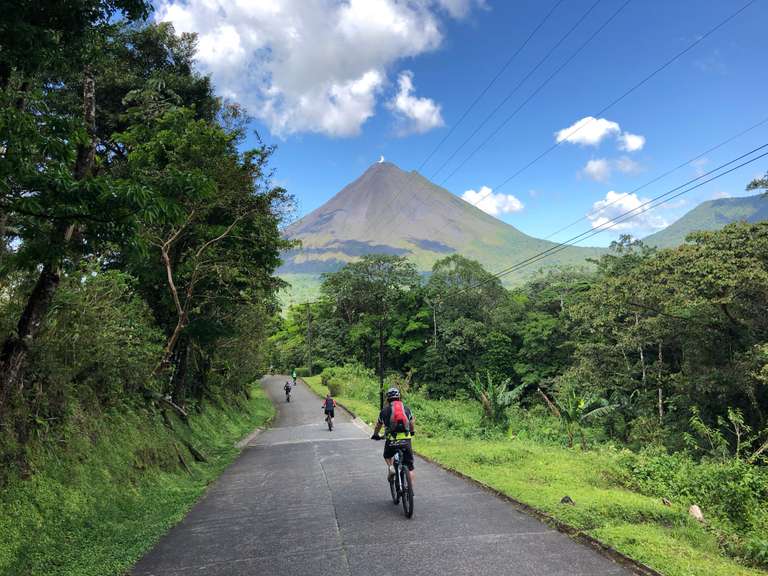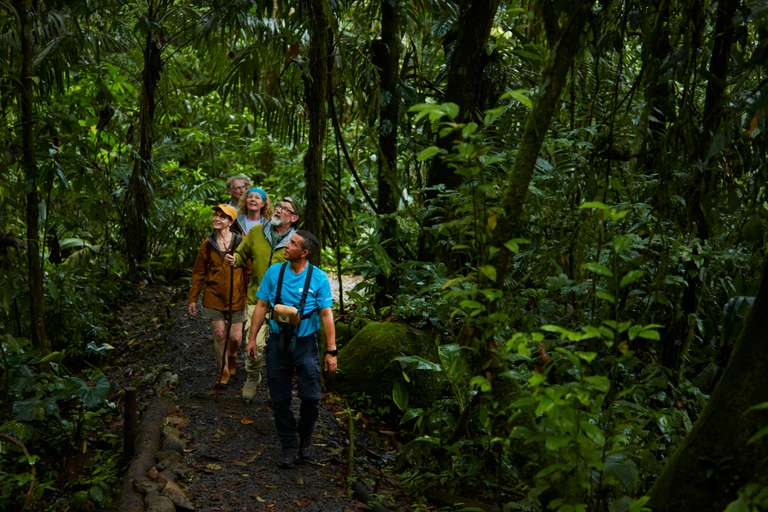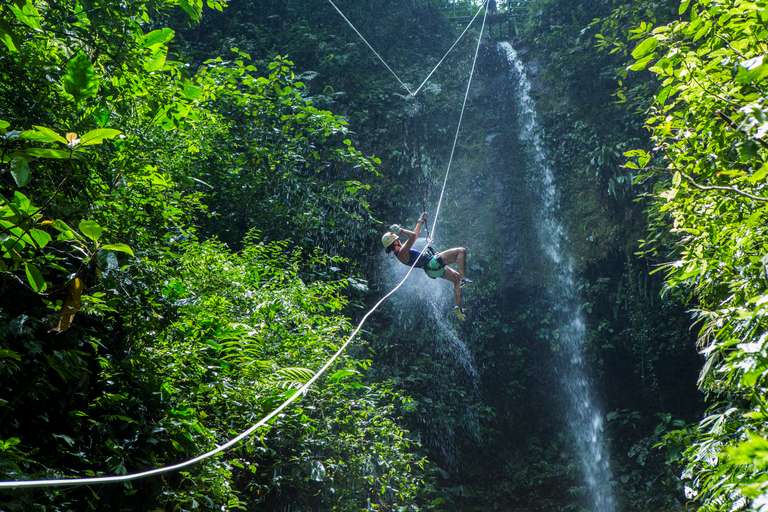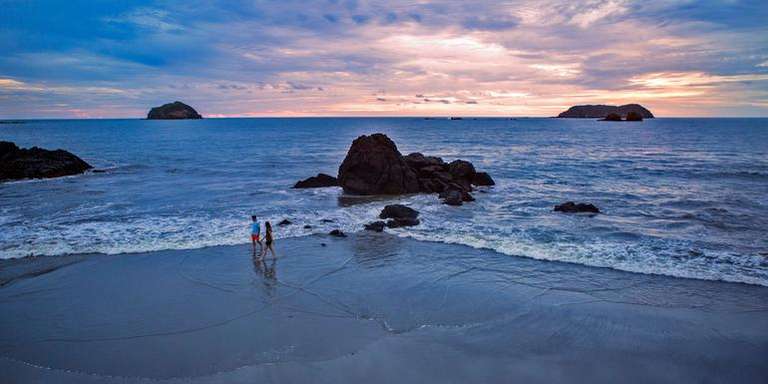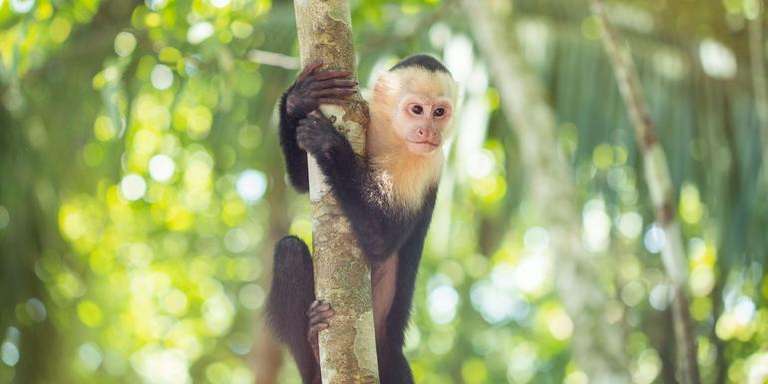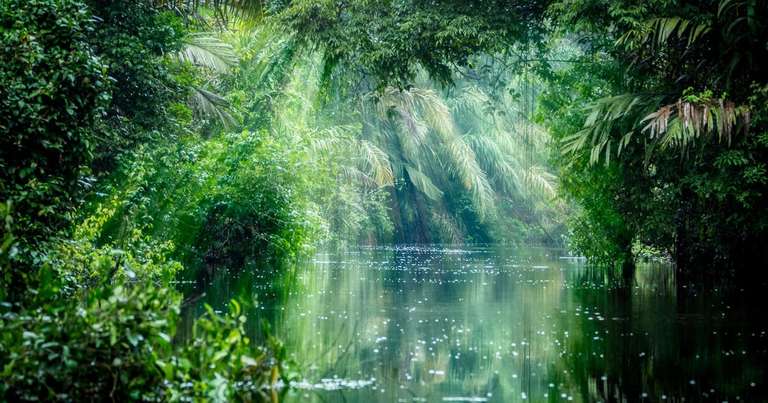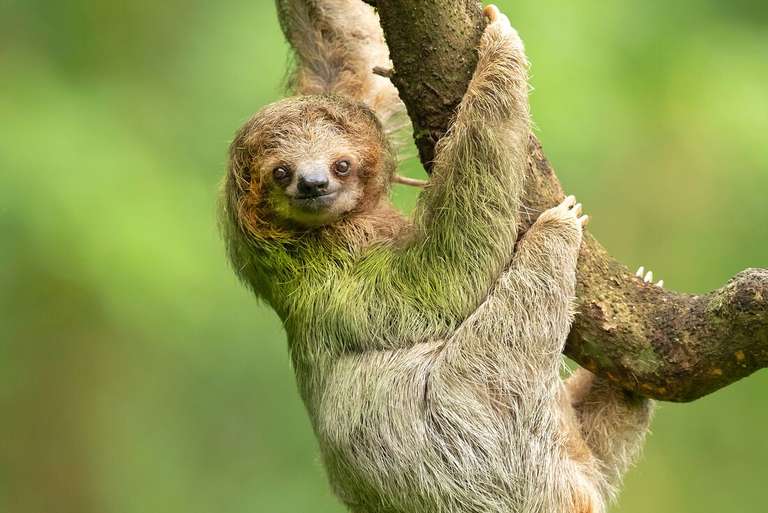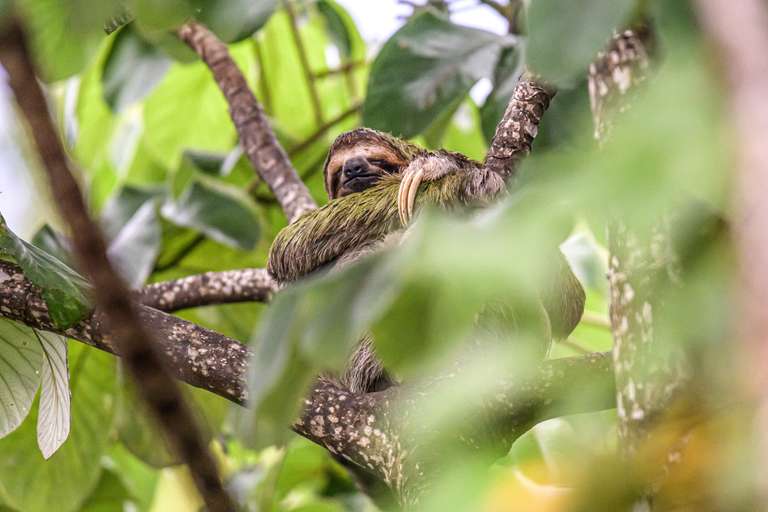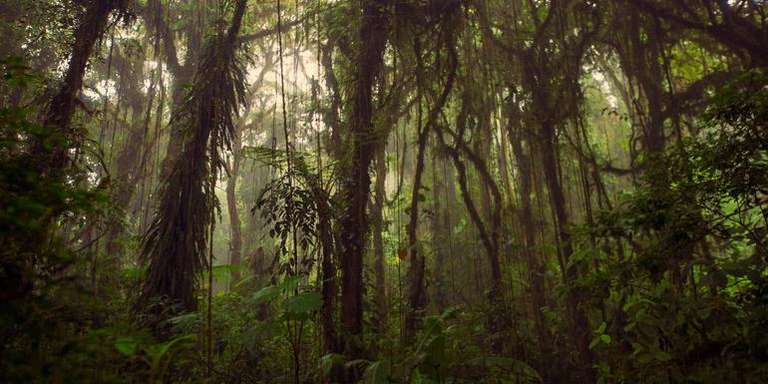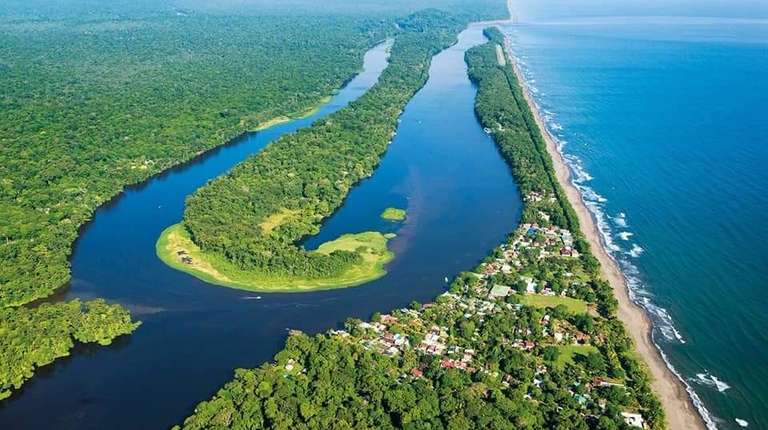A Guide to Manuel Antonio National Park

- Mia Sherwood Scully
- From Ireland
- Mia Sherwood Scully
- From Ireland
- Sophie McCulloch
- From Scotland
- Claire Simpson
- From United Kingdom
MANUEL ANTONIO NATIONAL PARK FACTS
| Number of annual visitors | Over 300,000 |
| Size | 16 sq. km. |
| Entrance fee |
USD 18 per person, children under 12 years pay USD 5.65 |
| Permits |
Entry is limited to 600 visitors per day from Tuesday to Friday and 800 per day on Saturdays and Sundays. Arrive early. Passes can only be purchased from Coopealianza Bank (just outside the park’s main gate) and can be purchased up to a year in advance |
| Common animal sightings | Monkeys, sloths, iguanas, coati, anteaters, ocelots, snakes, bats, dolphins, whales, and over 350 species of birds |
| Best season to visit | December to April (dry season) for fewer showers and more opportunities for outdoor fun |
Highlights

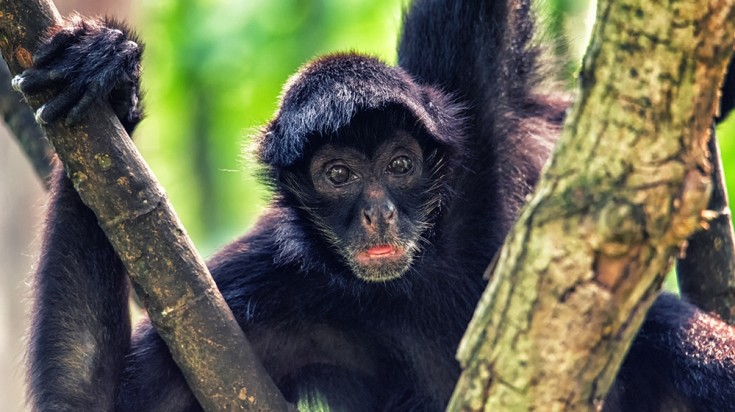
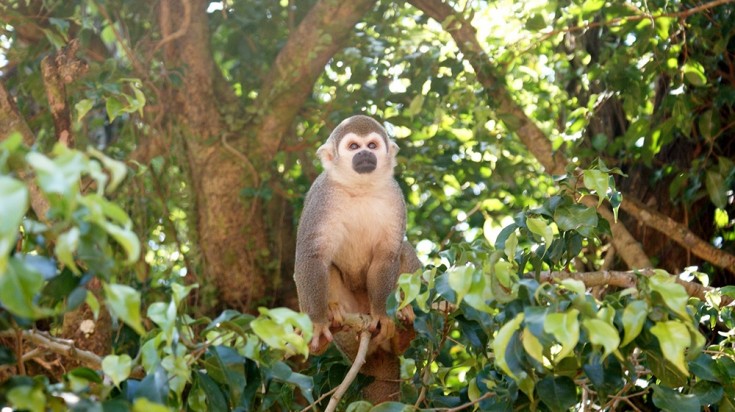

- One of only two places in Costa Rica where different species of monkeys like the spider, howler, white faced, and the endangered squirrel monkeys (mono titi) can all be spotted. Both two-toed and three-toed species of sloth are present too.
- Stroll the beach, discovering historic turtle traps dating back to pre-Columbian times.
- Spot interesting wildlife while walking a number of hiking trails.
- Coconut palm-lined beaches in crescent bays offer some of the most idyllic views.
Lowlights
- By afternoon, the main beach can be quite crowded from tour groups. Get to the park early morning for maximum enjoyment. The park opens at 7 am.
- The tropical climate makes for hot and muggy days. Arrive early to trek in cooler temperatures.
- Some of the wildlife (mainly monkeys and raccoons) are known to invade travelers’ personal space.
Activities to do in Manuel Antonio National Park

1. Hiking
Several kilometers of trails wind through this national park offering visitors close encounters with the tropical rainforest ecosystem. This is one of the most effective ways to sight the area’s more elusive wildlife. For a leisurely walk, try the flat sandy trail that connects three of the beaches. Or, reward yourself with panoramic views of the Pacific by hiking the 1.5 km trail up to Punta Catedral.
2. Wildlife tours
Speaking of shy critters, most people walking the trails will spot some of the larger, more active animals. But to get the most out of your visit to Manuel Antonio park, take a guided tour. Experienced guides know the habits and common hiding places of the local wildlife and will be able to spot interesting flora and fauna but you would likely miss walking independently. Plus, you’ll learn fascinating facts, turning you into Costa Rica’s next eco-ambassador.
3. Swimming & snorkeling

With three pristine white sand beaches, spending some time combing the sand and basking in the crystal clear waters is a no brainer. Playa Manuel Antonio is one of Costa Rica’s most famed beaches, known for its striking scenery and calm water in the crescent bay. The southern end of the bay is quite rocky and is home to hordes of fish. Nothing screams tropical paradise like snorkeling by schools of butterflyfish, surgeonfish, and rainbow wrasse. Pufferfish can also be spotted hiding in the coral. Just keep swimming…all day if you like!
Also within the park, nearby Playa Espadilla Sur is a better bet for privacy and equally thrilling snorkeling. As with most activities here, snorkeling is remarkably better during the dry season as sediment from nearby rivers is more settled.
4. Surfing
Surfers of all levels can enjoy hitting the smooth waves at Manuel Antonio Beach. Boasting one solid beach break, smaller swells are perfect for learning. Advanced surfers won’t be disappointed either as larger swells make for a thrilling joy ride. If you plan to stay in the area a while, numerous other nearby breaks offer inviting surf too. For the best surf, plan travel during the rainy season (May to November), though other outdoor adventures may be less appealing then.
5. Kayaking
Kayaking is absolutely one of the best ways to take in the impressive coastal landscape. By sea kayak, it is possible to view the shore and the massive forested cliffs. Navigate your way through coastal inlets and past islands keeping an eye out for nesting seabirds. Or course through the mangroves, an important part of the local ecosystem. Pack binoculars to spot exotic birds, snakes, crocodiles, and monkeys.
Good to know
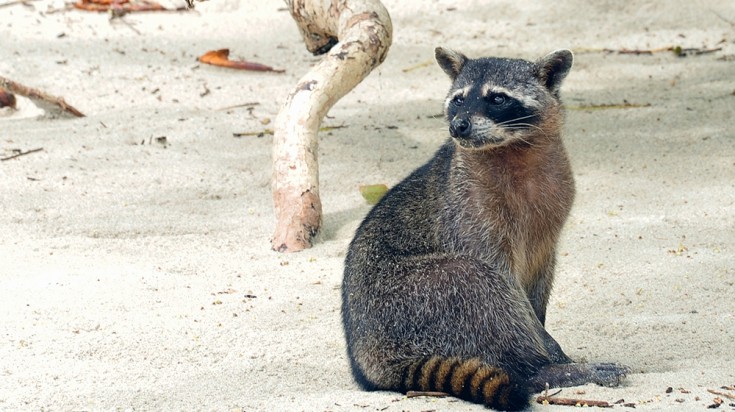
- The park is closed on Mondays. Plan accordingly.
- Travel time from San José is about 3 hours by bus or car. Daily regional flights via Sansa and Nature Air depart San José for Quepos, about 11 km from the park.
- Keep an eye on your belongings and do not leave them unattended, as incidents of petty theft by monkeys and raccoons have been reported.
- Do not feed the wildlife, in particular the park’s monkeys and raccoons. They have become accustomed to human visitors sharing food over the years, which has significant long-term impacts on their health, behavior, and survival.
- Bring sufficient water and food for the day as no vending is available in the park. Due to the above concerns, visitors are currently restricted from bringing snack foods such as chips and peanuts into the park. Foods such as sandwiches and fresh fruit are okay.
Seeing the wonders of Costa Rica doesn’t have to mean backpacking for weeks on end. In a single visit to Manuel Antonio National Park, you’ll easily encounter much of the famous wildlife and adrenaline-pumping activities of this tropical paradise.


